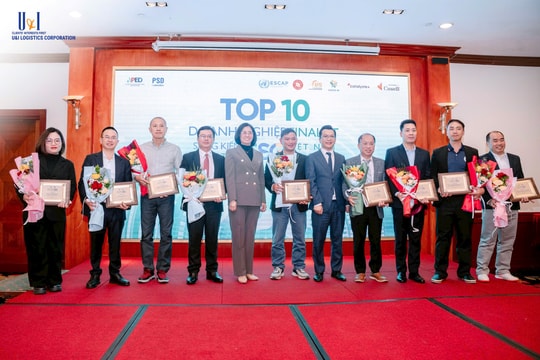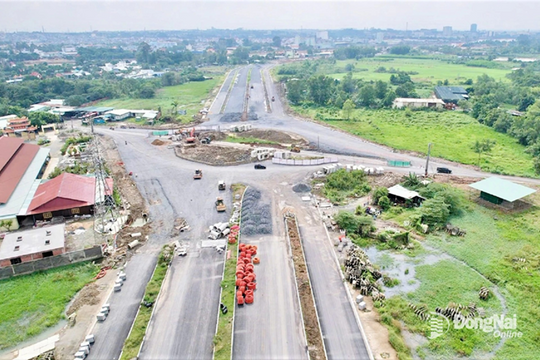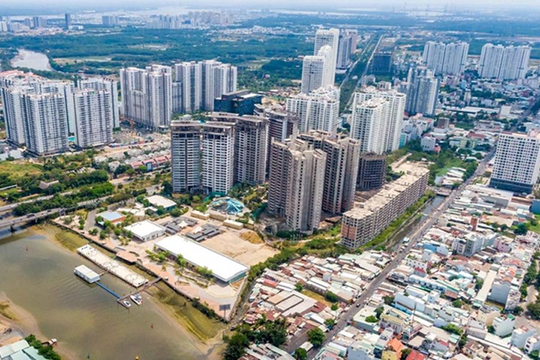.jpg)
.jpg)
To achieve this objective, BRVT will organize economic and social activities in four functional areas, including three land-based territories and one maritime-island area, while also establishing economic axes.
In the industrial-service-urban-seaport functional area, BRVT will develop in a north-south direction. This area will focus on industrial development, seaports, and urban development, with the main economic thrust being service industries serving the industrial and seaport sectors, multi-sector services. It will establish close economic connections with the industrial belt, urban areas, services, and logistics along the Belt 3 and Belt 4 corridors and the expressways of the Southeastern region. It will also link with the East-West economic corridor in the southern part of the country (Moc Bai - Ho Chi Minh City - Vung Tau) and the Xuyen A economic corridor.
In this functional area, BRVT will focus on creating two development drivers: the Thi Vai River development axis connected to the inter-port transportation system, National Highway 51, and the new high-speed route from Bien Hoa to Vung Tau, as well as Ho Chi Minh City's Beltway 4.

The tourism and beachfront urban tourism functional area, primarily oriented toward the northeast and southwest, will focus on tourism development and related services.
The agricultural and ecological balance functional area is located in the northern and northeastern parts of the province. The province will concentrate on economic development, improving rural residents' quality of life, increasing greenery, and conserving freshwater resources. The development direction emphasizes ecological and sustainable agriculture development, ecotourism, and sustainable development.
In the maritime and island space, the province will plan to develop Con Dao into a high-quality, world-class eco-island resort area and promote offshore wind power in the coastal waters off Xuyen Moc and Dat Do districts.
.jpg)
In the period from 2021 to 2030, the province is focusing on implementing four key development breakthroughs. These are:
Completing Connectivity: Ba Ria - Vung Tau province is determined to complete the development of various transportation routes that connect the region both internally and with neighboring areas. This includes investing in a robust system of seaports that facilitates efficient international connections, ensuring that BRVT truly becomes the gateway for the region and the nation.
National-Level Logistics Center: The province is set to establish a national-level logistics hub at Cai Mep Ha, a free trade zone. This hub will encompass modern production and logistics services, offering a full range of international trade services. This includes high-tech manufacturing, processing, classification, packaging, preservation, product display, customs services, and on-site cargo inspection for imports and exports. Favorable customs procedures and tax incentives within the free trade zone are expected to attract both domestic and international investors, forming the foundation for the development of a local supply chain and support network, which will have significant economic ripple effects.
Tourist and Industrial Development: Ba Ria - Vung Tau is planning to invest in and create tourist cities with comprehensive and modern infrastructure, safe and high-quality living environments. The aim is to position BRVT as an international center for leisure, entertainment, and recreation. Additionally, the province intends to establish high-tech industrial zones to attract investors and a skilled workforce in advanced manufacturing industries that employ modern technology.
Tourism Development and Regional Integration: Given the importance of tourism to BRVT's economy, the province is focusing on fostering connections, especially within the Southeast region, to create a mutually supportive chain of activities. This strategy leverages the various potentials and advantages of different tourism types to achieve common development goals.
For BRVT to achieve sustainable development, it is essential to harness the province's role and position, as well as seize opportunities in the key economic region in the South. This involves linking the province's economic corridors with national economic corridors, coastal economic corridors, and expanding the development space of various sectors and fields between BRVT, Ho Chi Minh City, Dong Nai, Binh Thuan, as well as provinces in the Southeast, Southwest, and Central Highlands.
.jpg)
After completing the transportation infrastructure, particularly the beltways and economic corridors in the plan, BRVT will exploit and maximize the connectivity with Long Thanh International Airport to leverage the aviation infrastructure, enhance goods trade, and boost tourism.


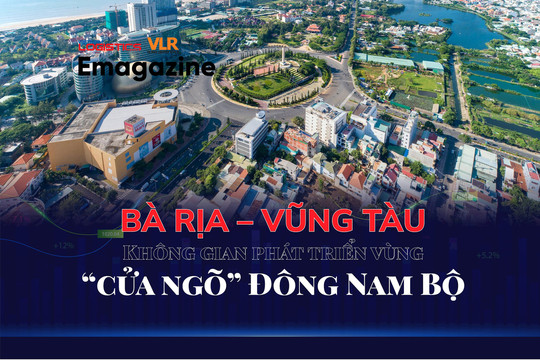
.jpg)

.jpg)

.jpg)
.png)
.png)
.png)
.png)


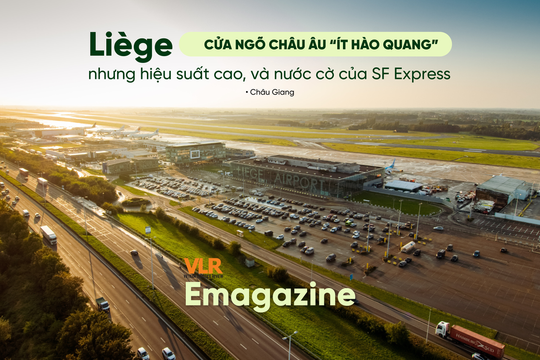
.png)

